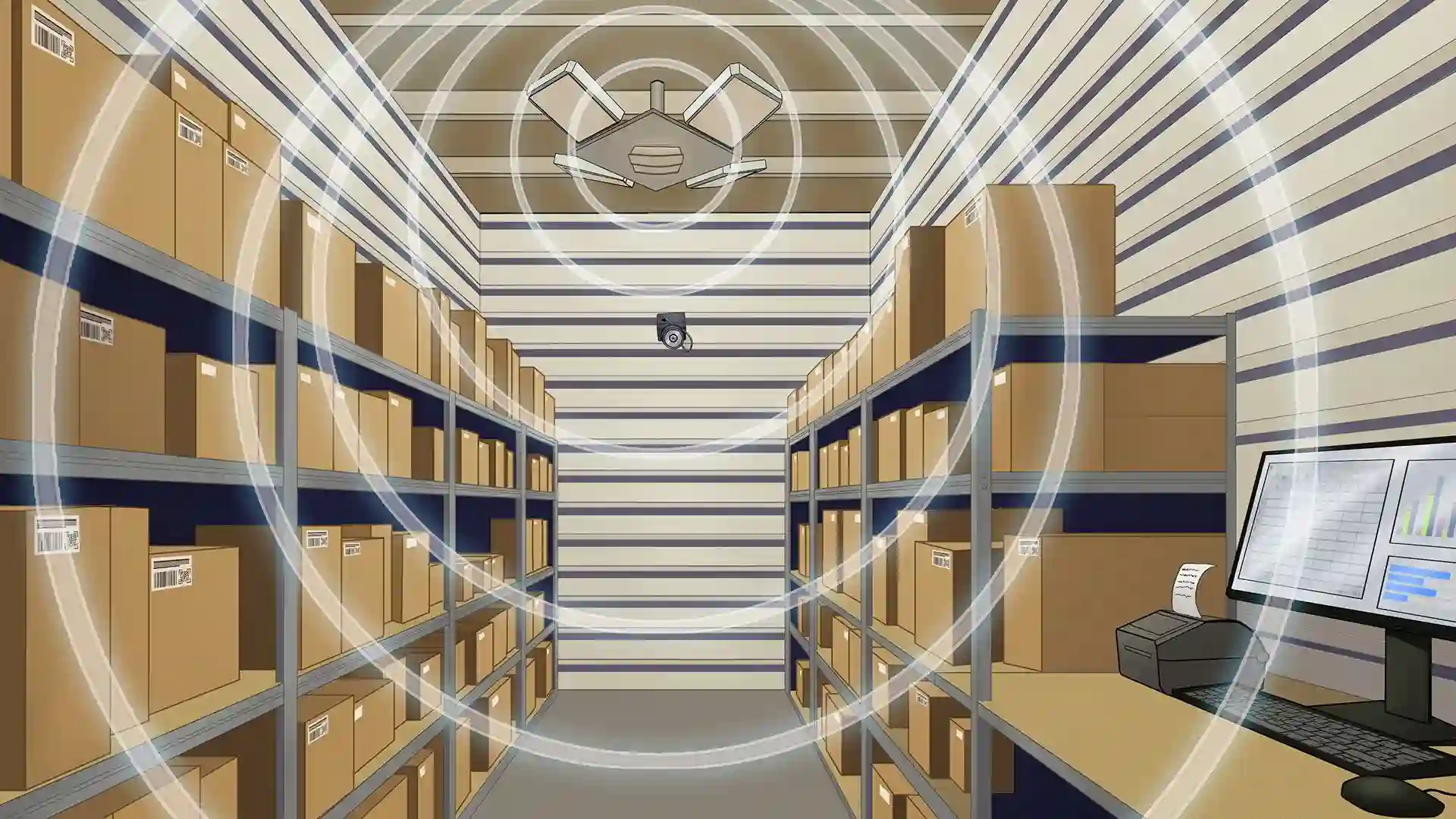RFID Technology: In-depth Analysis of Applications, Development Journey, and Seven Key Advantages
RFID technology, or Radio-Frequency Identification, is a method of identifying and reading/writing specific target data through radio signals, without mechanical contact or specific environmental conditions. In the current era of the Internet of Things (IoT), RFID has become a crucial technology for data connectivity and communication, widely applied in various aspects of our lives.
Applications of RFID Technology in Daily Life
Have you ever wondered how our packages find their way accurately along the delivery route? Or how do libraries maintain orderly records of numerous books? The answer lies in RFID technology. In this Internet of Things era, RFID tags have seamlessly integrated into every facet of our lives, serving as the key to achieving data connectivity.
The Development Journey of RFID Technology
The roots of RFID technology trace back to the mid-20th century, with its foundation laid upon improvements and applications of radar technology. Over half a century, RFID technology has witnessed significant development both domestically and internationally. Mature and advanced RFID systems exist in countries such as the United States, Germany, Sweden, Japan, and China has also achieved success by introducing a fully independent research long-range automatic identification system.
In-Depth Analysis of RFID Technology
RFID technology can be categorized into three main types: Passive RFID products, Active RFID products, and Semi-passive RFID products. These products demonstrate excellent performance in various fields, ranging from close-contact applications like meal cards and ID cards to long-range automatic identification in smart parking and IoT applications.
Applications of RFID Technology in Various Fields
Leveraging its robust anti-interference capabilities and non-contact identification features, RFID technology finds extensive applications in fields such as Warehouse/Transportation/Supplies, Access Control/Attendance, Fixed Asset Management, Train/Car Identification/Luggage Inspection, Medical Information Tracking, Military/Defense/National Security. It enhances management efficiency, reduces risks, and strengthens security.
Seven Key Advantages of RFID Technology
- Exceptional Anti-Interference:
Non-contact identification works efficiently even in harsh environments with strong penetration capabilities. - Vast Data Capacity:
RFID tag data capacity can expand up to 10k, far exceeding the capacity of QR codes and barcodes. - Dynamic Operations:
Tag data can be dynamically modified through programming, enabling dynamic tracking and monitoring. - Long Lifespan:
Strong anti-interference properties make RFID tags resistant to damage, ensuring a long lifespan. - Anti-Collision:
Within the effective range of the reader, multiple RFID tags can be read simultaneously. - High Security:
RFID tags can be attached to products in various forms, and tag data can be encrypted to enhance security. - Swift Identification:
As soon as an RFID tag enters the reader’s effective identification range, data reading begins rapidly, typically in less than 100 milliseconds.
In conclusion, RFID technology plays an indispensable role in modern society, delivering efficient, secure, and convenient data management and tracking solutions across various industries.


